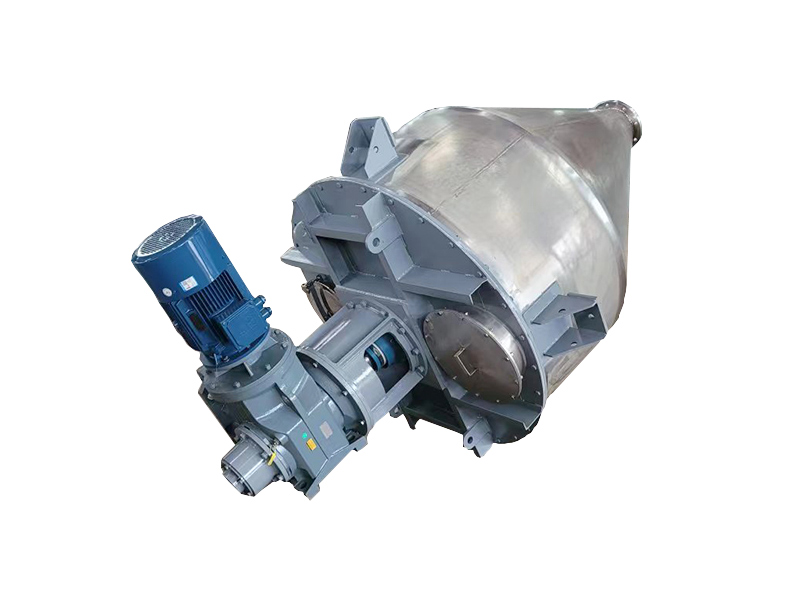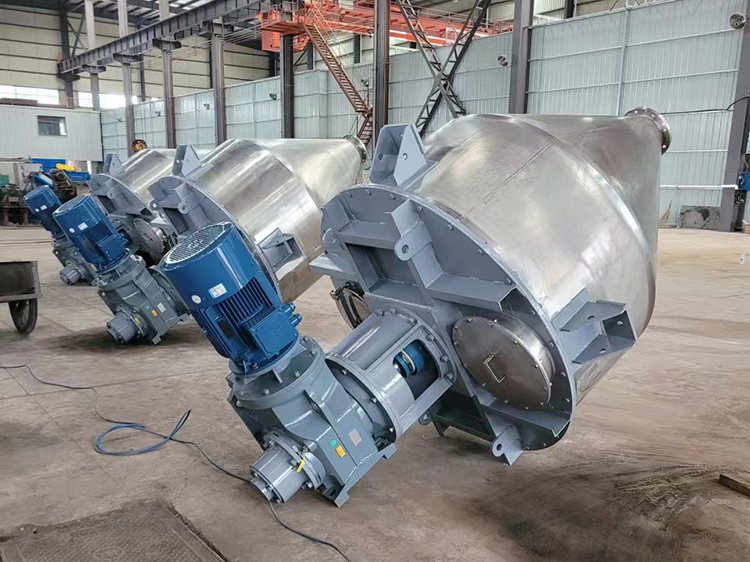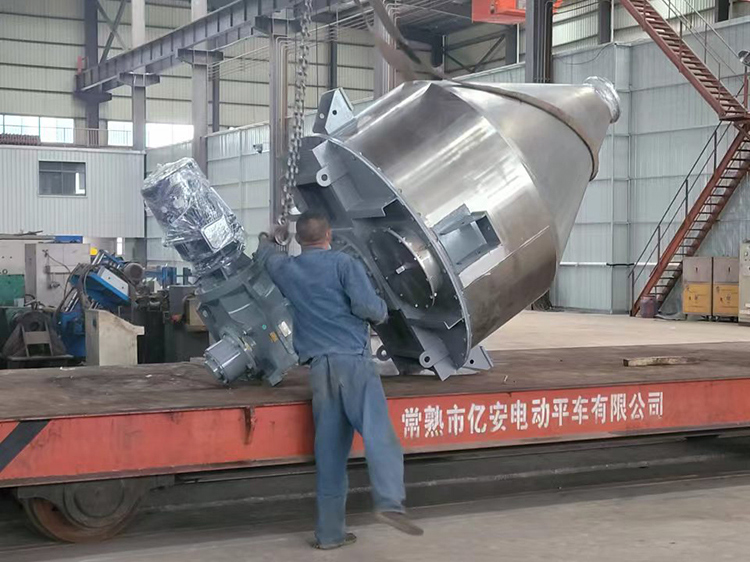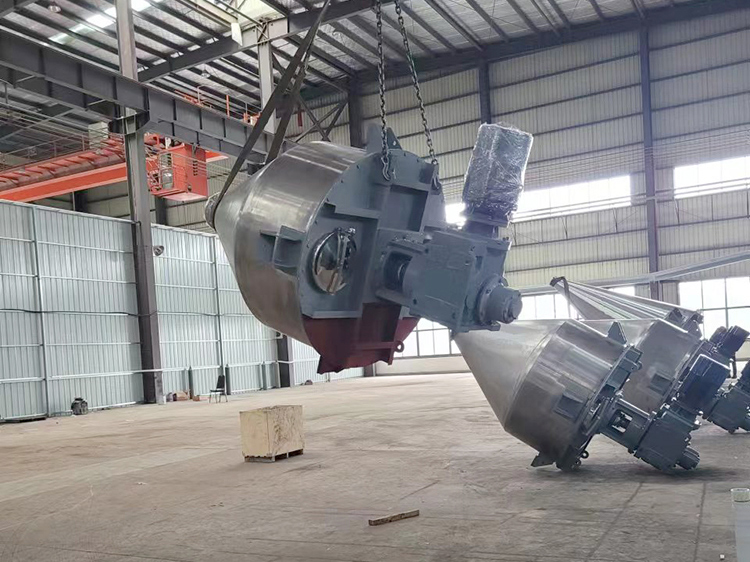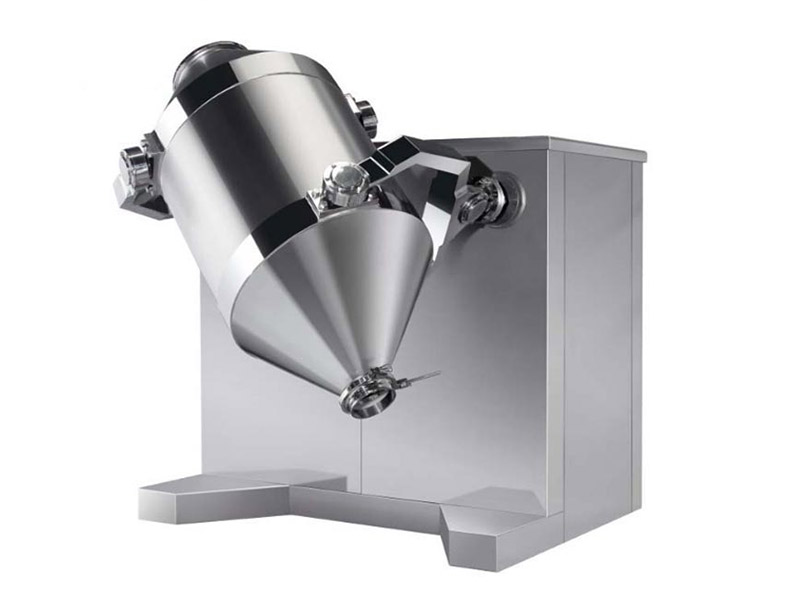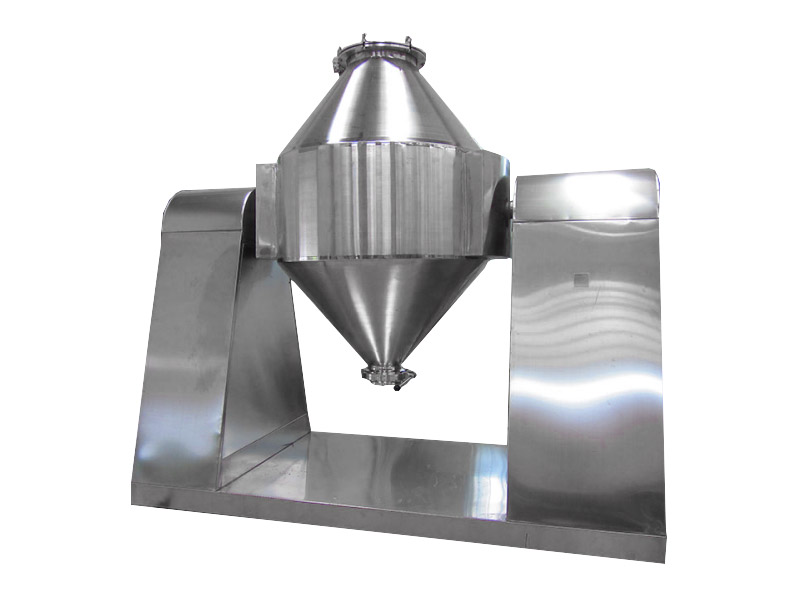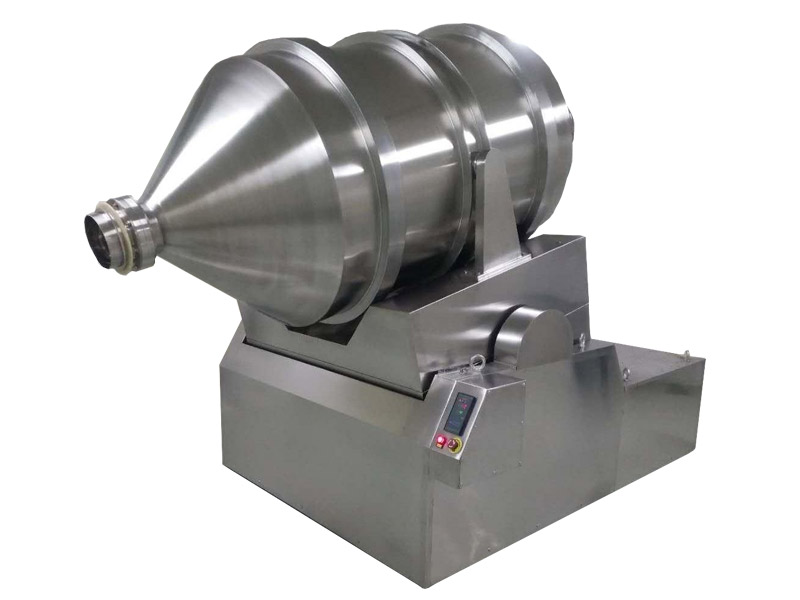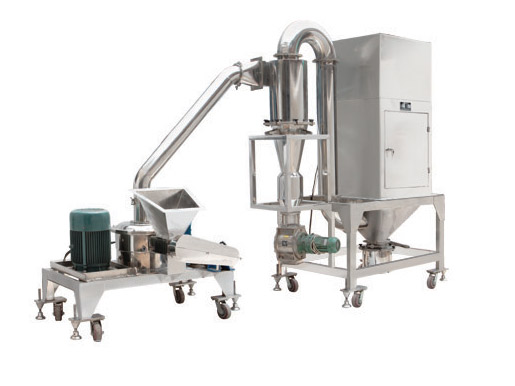Details
Mixing form
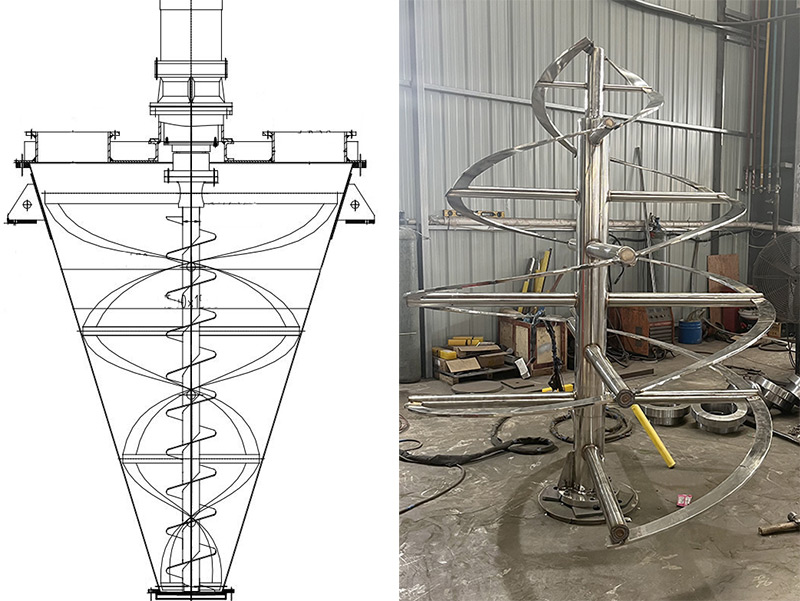
Product Overview
The ZLDH single cone spiral belt mixer is directly connected to the main shaft by a vertical motor through a cycloidal pinwheel reducer, and there are two large and lower circles of spiral belts on the main shaft. After starting the mixer, the rotating screw belt lifts or throws the material along the wall in a circular motion from bottom to top in the mixing chamber. When the material reaches the center or highest point, it moves downward by its own weight, causing the material to diffuse, convective, shear, displace, and mix with each other in the conical mixing chamber, forcing the material to undergo irregular composite motion in all directions.
Product features and applications
The conical spiral belt mixer is applied in the mixing, reaction, drying, and cooling of powders and liquids (solid-liquid) in chemical, pharmaceutical, pesticide, dye, petroleum, metallurgy, building materials, and other industries. It has the characteristics of small footprint, simple structure, easy maintenance, can be equipped with cold and hot interlayer and spray device, and clean discharge.
Specification parameters
1. Determine the volume of materials to be mixed in each batch, ranging from 0.1 to 20 cubic meters, and select equipment of the corresponding specifications.
2. Select equipment manufacturing materials, which are divided into parts that come into contact with the material, parts that do not come into contact with the material, and other components of the equipment that maintain their original materials. The material is determined based on factors such as material properties, working conditions, and hygiene levels. Commonly, carbon steel and 304/316L/321 stainless steel materials are selected and surface treatment requirements are determined according to the requirements.
3. Determine the driving capability of the configuration based on the specific gravity, fluidity, and other properties of the material, as well as the start-up standards. Startup standards are divided into overloaded startup and unloaded startup.
4. According to the actual process situation, add auxiliary functional components such as liquid spraying, heating/cooling, etc.
5. Design the opening requirements for equipment, such as feeding ports, cleaning ports, exhaust holes, etc
6. Select the discharge mode and driving method, including manual, pneumatic, and electric
Important reminder: Equipment selection is a crucial step, and detailed information about materials and process arrangements should be provided as much as possible so that our professional personnel can provide you with high-quality technical services.
Case diagram
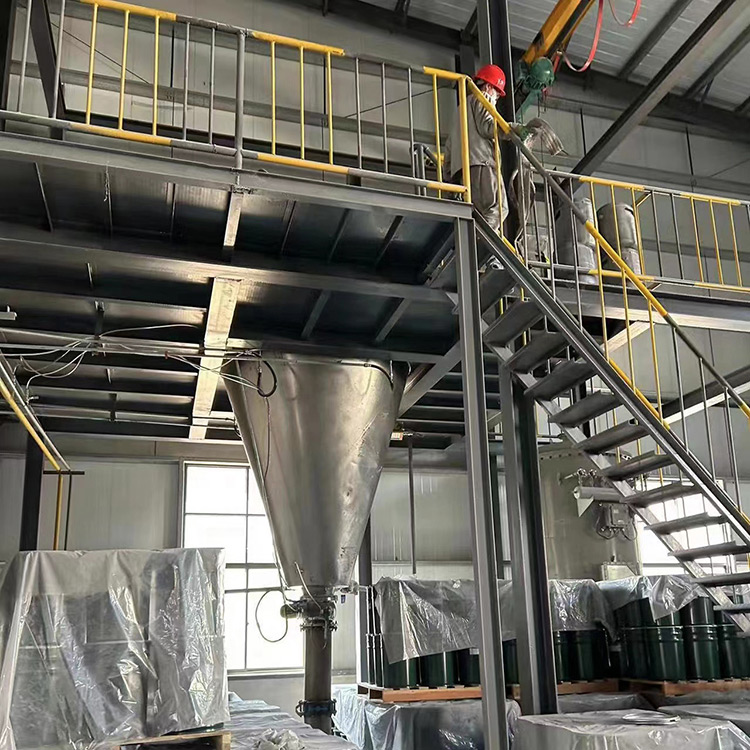
- Prev: ZHJ series double helix cone mixer
- Next: no more

